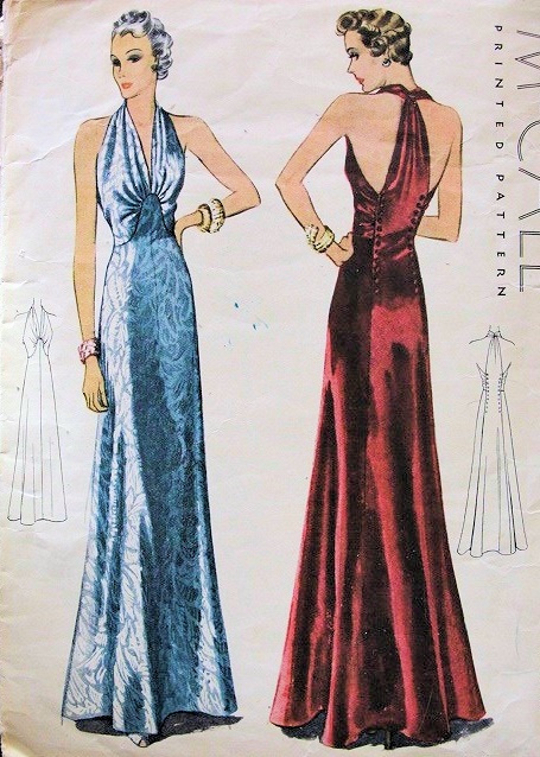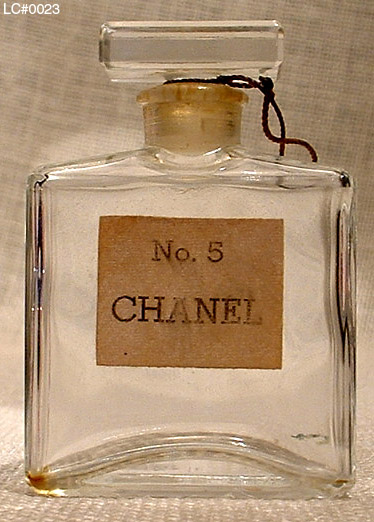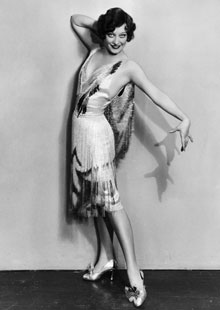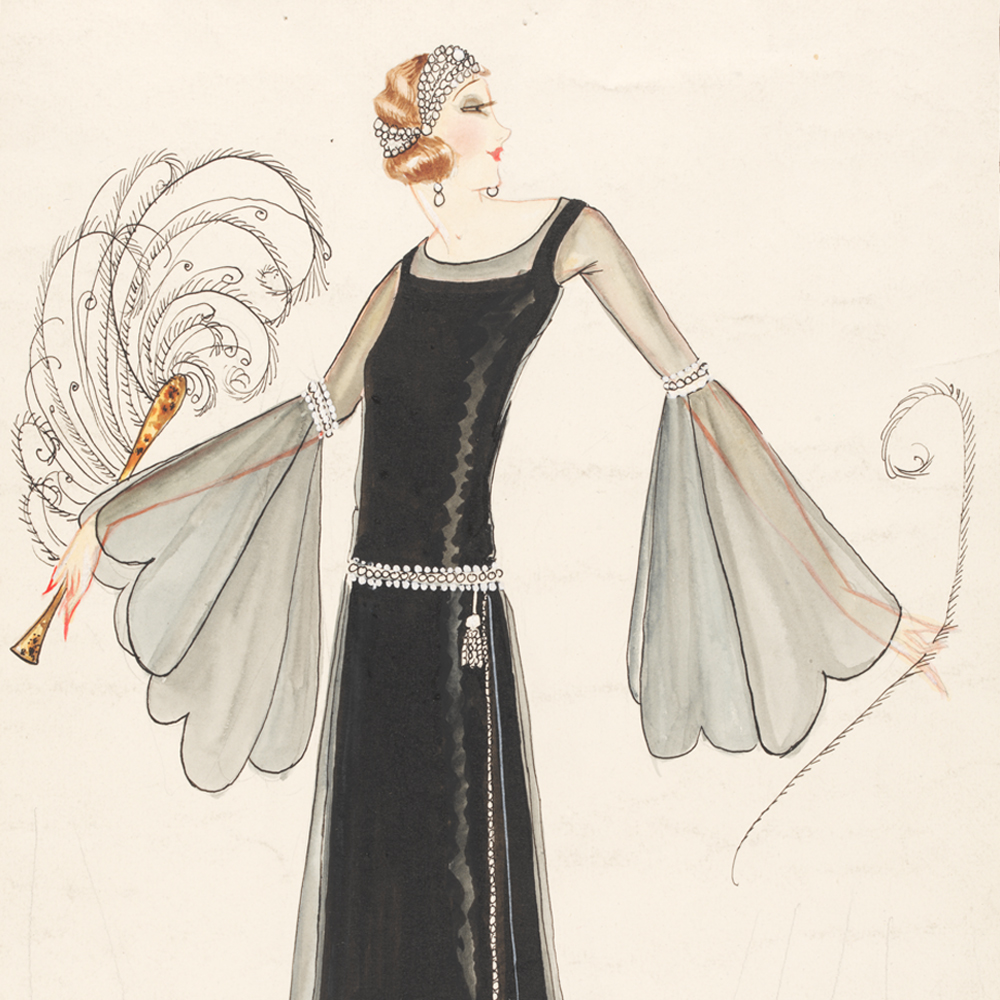After the roaring decade of the twenties society calmed down a bit. The 1930's became known as the "age of opulence".
There was a huge class difference throughout the elite society.
The arrival of Burtons
meant mass produced menswear for the first time.
As couture fashion was primarily aimed at women this was an almost entirely new concept.
The cinema was introduced in the late 1920's but became fashionable in about 1932 the end of the great depression when people had the money to actually go.
Silent movies were out, "talkies" were in. As demonstrated in the Oscar winning film " The Artist."
Hollywood made some big films and even bigger stars in the 1930s. Some notable references are the Wizard of Oz which of course made Judy Garland famous.
 Unrelated to fashion a new fad drew in crowds in the 1930s when two other iconic figures were made. Two heroes like no others.
Unrelated to fashion a new fad drew in crowds in the 1930s when two other iconic figures were made. Two heroes like no others. 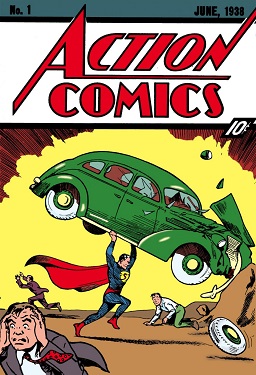 Superman was created in 1932 and his associate Batman (and Robin) was created in 1939. These creations in turn created the nerd.
Superman was created in 1932 and his associate Batman (and Robin) was created in 1939. These creations in turn created the nerd.
In 1936 Britain became known for having 3 Kings (on the throne not the nativity). This was because of the complicated matter of George V dying his first son taking over then abdicating the throne causing his younger brother to take over. Its explained better in this.
 Ms. Simpson always made sure she wore the height of fashion and was (nearly) always praised for her taste.
Ms. Simpson always made sure she wore the height of fashion and was (nearly) always praised for her taste. Godets(inverted circle flares) became used in skirts and dresses below the knee as opposed to the twenties where they were below the hips.
Godets(inverted circle flares) became used in skirts and dresses below the knee as opposed to the twenties where they were below the hips.
Many designers used aspects from different historical eras in particular the Victorians.


